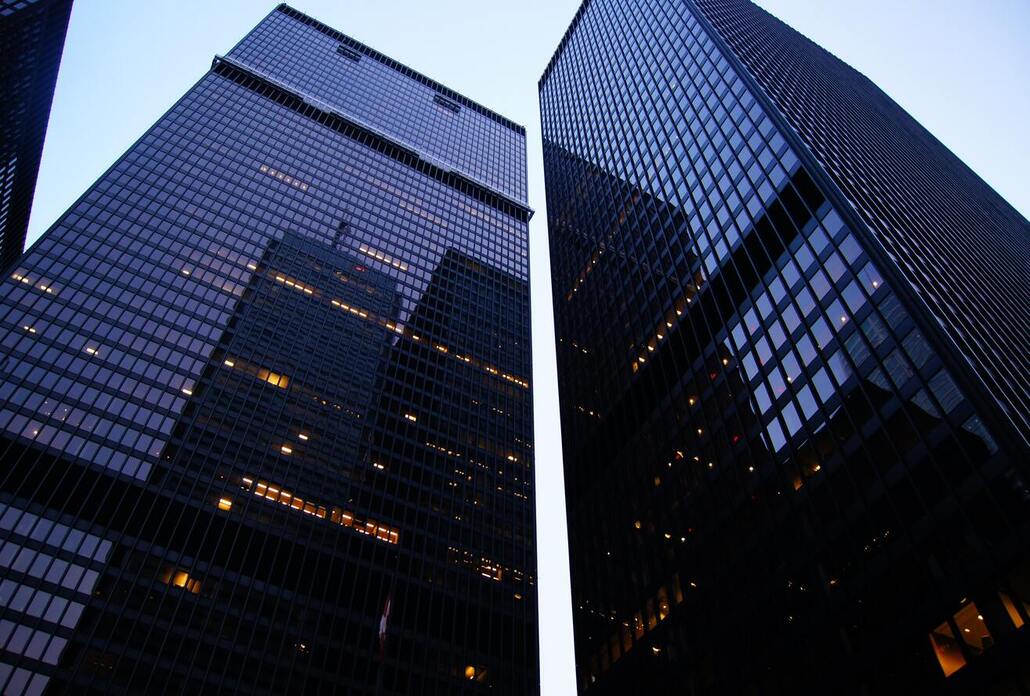The Mold Restoration Process: A Comprehensive Guide

Mold restoration is a crucial process for addressing mold infestations and ensuring a safe and healthy indoor environment. Whether it’s due to water damage, excessive humidity, or poor ventilation, mold can quickly spread and cause extensive damage to buildings and pose health risks to occupants. In this piece, we’ll talk about the most important steps of mold removal, such as assessment, control, removal, and cleanup. Understanding these key stages will empower homeowners and professionals alike to effectively combat mold issues and restore the integrity of affected spaces.
Assessment: Identifying The Extent Of Mold Damage
The first step in the mold restoration process is a comprehensive assessment of the affected area. Trained professionals conduct a thorough inspection to determine the extent of mold growth, identify the type of mold present, and assess any associated structural damage. It may be necessary to use specialized instruments such as moisture meters, infrared cameras, and air sampling devices to capture accurate data and map the affected areas.
The assessment also involves investigating the root cause of the mold growth. Whether it’s a leaking pipe, poor ventilation, or a recent water damage incident, addressing the source is essential to prevent future mold recurrence. The findings from the assessment guide the development of a tailored mold restoration plan.
Containment: Preventing Mold Spores From Spreading
Once the assessment is complete, the next step is containment. Mold cells are very small and can easily get into the air, where they can spread to places that don’t have mold. Containment involves isolating the affected areas to prevent cross-contamination.
Professionals employ various techniques to establish containment. Physical barriers such as plastic sheeting and negative air pressure systems are used to seal off the affected space. Air scrubbers equipped with high-efficiency particulate air (HEPA) filters are employed to capture mold spores from the air, further preventing their dispersion.
Removal: Thoroughly Eliminating Mold Growth
After containment measures are in place, the actual mold removal process begins. It is essential to note that mold removal techniques may vary depending on the severity of the infestation, the type of mold, and the affected surfaces.
Non-porous materials such as glass, metal, and plastic can often be cleaned effectively using specialized cleaning agents and techniques. These materials are thoroughly scrubbed and disinfected to remove visible mold growth and spores. In some cases, professionals may also employ techniques like soda blasting or dry ice blasting for more stubborn mold removal.
However, porous materials such as drywall, carpeting, and insulation may require more extensive measures. In such cases, removal and replacement of the affected materials may be necessary to ensure complete eradication of mold.
Remediation: Restoring The Environment
After the mold removal process, the next crucial step is remediation. Remediation involves restoring the affected area to its pre-mold condition and implementing preventive measures to minimize the risk of future mold growth.
This stage may involve several actions, including drying out the space, repairing any water leaks or damage, improving ventilation, and installing dehumidifiers if necessary. Proper remediation also includes thorough cleaning and disinfection of the area to eliminate any remaining mold spores.
Additionally, it is vital to educate the occupants about mold prevention practices and provide guidelines to maintain a healthy indoor environment. Regular inspections and maintenance should be encouraged to promptly address any potential water or moisture issues that may lead to mold growth.






